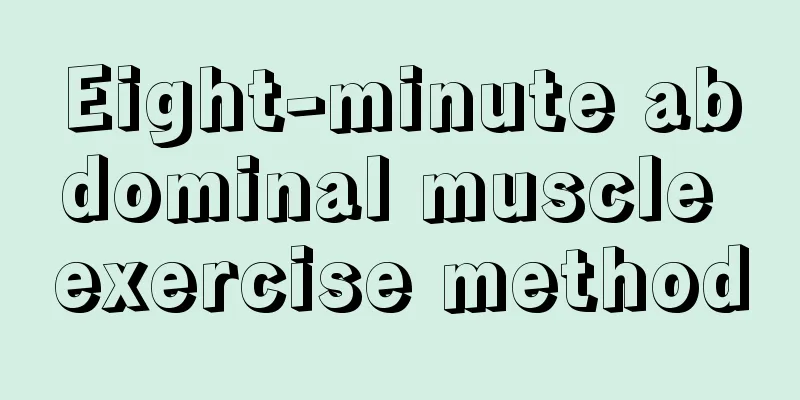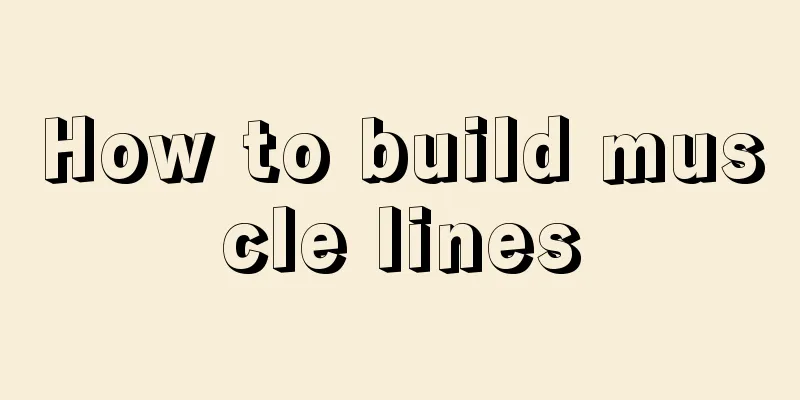What are the real ice skating techniques?

|
There are many people who like ice skating. There are many types of ice skating, and everyone likes different types of skating, including real ice. There must be many people who are eager to go to a real ice rink to skate on real ice, but skating on real ice is more difficult than other skating activities and requires a lot of skills. You should also pay attention to safety during the learning process. Here are some techniques for skating on real ice. I hope this can be helpful to everyone. There are many skating techniques, such as the swallow balance move, freshman skating, lunge skating, etc. Now let’s learn some skating skills on real ice. Start with speed skating. To learn speed skating, you must master the three basic techniques of speed skating, namely straight skating, curve skating and starting technique. In order to help netizens to exercise through skating even when there is no ice, we recommend the land training method of speed skating, namely induced movements and imitative movements. The so-called induced practice is to use the decomposed movements of skating to lure and introduce the skating imitation movements for land practice. Today I will teach you two moves in the straight induction action: 1. Practice basic skating postures. The purpose is to master the basic posture and method of skating: feet and legs together, hands clasped behind the back in a squatting position, the angle between the calves and thighs is 110 degrees, the angle between the upper body and the ground is 15 degrees, the calves are bent forward as far as possible, the head is slightly raised, and the eyes look 5 meters ahead. Each time you squat, you should squat still for 2-3 seconds. Stand up again, and keep your chest out. Repeat this process, do five exercises in a set. It is best to do 3-5 sets. After each set of exercises, rest for one minute and do a relaxing walking exercise. 2. Practice pushing the ice and retracting the legs, the purpose is to practice the direction of pushing the ice and the method of retracting the legs. On the basis of the squatting posture, practice alternating between sideways and back-pulling of the left and right feet. When the feet are sideways, the inner edge of the feet touches the ground, the two feet are parallel, and the two toes are in a line. The side-pulled leg is brought back to the back position, with the thigh, calf and foot forming 90 degrees each. Then bring the back leg back until the two feet are parallel, and repeat the above movements with the other leg. Do five times for each foot in one set, and do 3-5 sets. Real ice skating tips 1. What is the dumping exercise: The dumping exercise is an exercise of moving the center of gravity, which can also be called ice-pushing exercise, or can be understood as ice-pushing exercise using body weight. 2. The purpose of practicing the tilting movement: to experience how to move the center of gravity of the body; to experience the key points of using body weight to push off the ice and the coordinated movements of the whole body. 3. Practice method of the tilting movement: The practice of the tilting movement can be summarized into two sentences: squat, lift, tilt, kick, move, fall and return to the original state. The first exercise is "squatting". Start in a skating squatting position, put your weight on the leg that pushes the ice (such as the right leg), and use the thigh to lift the calf of the floating leg (left leg) and leave the ground. The second exercise is "leaning". The body should keep the three points in a straight line (i.e. feet, knees, and head). First, naturally lean to the left (when the right leg is the ice-pushing leg) until it is 80 to 75 degrees with the ground, until you are about to fall. Exercise three is a combination of "pushing" and "moving". When the body leans over and feels like it's going to fall, keep the weight on the "ice-pushing" leg. When the pushing leg is almost straight, the floating leg can fall under the body's total center of gravity and land on the ground. Be sure not to step sideways, otherwise it will form a counter-support, which is the most serious mistake. The leg push and upper body movement must be completed at the same time, which is the most core movement in skating. Be sure to practice repeatedly. Exercise 4 is "fall" and "restore" one. The floating leg can only land when the pushing leg is almost straight, so that the foot falls below the total center of gravity of the body. Only when the floating leg, hips and upper body move at the same time can the floating leg fall under the center of gravity of the body. After the floating leg lands, it bears the body weight. The original supporting foot is lifted off the ground and the leg is retracted to the back position, brought together with the leg that bears the body weight, and returned to exercise movement one. Then change legs and repeat the above movements. Skating skills and knowledge, learning to skate (Part 3) The previous few lectures introduced land practice and how to choose ice skates. Now that the ground has frozen and the ice rink has been poured, how should we plan to go on the ice for the first time? There are two exercises for beginners: Do warm-up exercises before going on the ice: When it is cold, the joints and muscles of the human body are prone to injuries if they are not exercised before going directly on the ice. Land preparation activities: Do two exercises: (A) Do some simple body exercises indoors, then do 2-3 straight-line induction exercises, repeating each movement 8-10 times. Stand up and do some light jogging or jumping between each exercise. (ii) Put on your ice skates and holsters and do the following four exercises indoors: 1. Stand with two swords facing forward. 2. Practice moving left and right 2-3 times. 3. Walk forward 3-5 meters with your feet turned outward, and repeat 2-3 times. 4. Stand with the blades of both knives facing forward and do squats five times. Repeat 3-4 sets. When you feel your body getting hot (but not sweating), your joints and muscles are active, and then you can go on the ice. Judging from the above techniques, figure skating is much more difficult than ordinary skating. Maintaining a graceful posture while sliding is a challenge and an innovation. In addition to constant practice, practicing figure skating skills also requires courage and perseverance. I hope those who want to practice can stick with it. Maybe you will be the next figure skating master. |
<<: What should you do after exercise?
>>: What are the training methods for long-distance running?
Recommend
Does running hurt your knees?
Exercise is good for physical and mental health, ...
What are the exercises to train chest muscles?
For male friends, exercising chest muscles is as ...
If you are anxious, depressed and can’t sleep, exercise is the best medicine!
As the saying goes, a day's plan begins with ...
How to train arm muscles
It is not a simple matter to train the muscles on...
How to train chest muscles with push-ups
Push-ups are a very convenient way to exercise. T...
Can women grow taller by running in place?
Many women are not very tall and want to realize ...
Can squatting help you lose weight?
Everyone knows that horse stance is the most basi...
What are some ways to improve running performance in a short period of time?
Many people usually exercise by running. Whether ...
Can people with sciatica run?
Patients with sciatica must pay attention to corr...
Where is the best place for camping?
Where is the right place for us to camp? Camping ...
Spring workout plan notes
Many people like to make a series of exercise pla...
Yoga poses to relieve menstrual pain
Many women experience pain during their menstrual...
How to lose weight by skipping rope?
There are many aerobic exercises, and skipping ro...
Should I run first or exercise first?
Running and fitness have complemented each other ...
Is it better to run in the evening or in the morning?
Many friends usually take exercise methods to kee...









